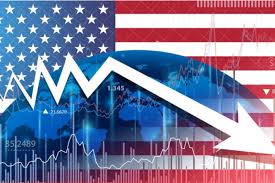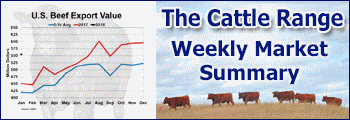MarketWatch
The numbers: The leading economic index fell 0.4% in July and declined for the 16th month in a row, but other measures of the economy suggest a recession is far off.
Economists polled by the Wall Street Journal had forecast a 0.4% drop.
The leading index is a gauge of 10 indicators designed to show whether the economy is getting better or worse. Seven of the 10 components fell in July.
Historically, a big losing streak portends an approaching recession. Yet the economy has continued to expand, and growth in the third quarter is on track to be particularly strong. Gross domestic product could increase 5% or more.
Key details: A measure of current conditions, known as the coincident index, actually rose 0.4% in July and may reflect a more accurate view of the economy.
“The CEI is signaling that we are currently still in a favorable growth environment,” acknowledged Justyna Zabinska-La Monica, senior manager of business cycle indicators at the Conference Board.
The so-called lagging index — a look in the rearview mirror — was unchanged last month.
Big picture: Many economists have backed off longstanding predictions of recession or have pushed out a target date until next year. The Conference Board has not.
The board predicts a short and shallow recession beginning near the end of 2023 and extending through early next year.
The resiliency of the economy, however, raises questions about whether the leading indicator is as accurate as it used to be.
That said, the U.S. economy is still not out of the danger zone. Interest rates have risen rapidly over the past year as the Federal Reserve sought to suffocate high inflation. Higher borrowing costs typically slow the economy.
If the Fed has to raise rates much further, it would put the economy at greater risk.
Looking ahead: “The leading index continues to suggest that economic activity is likely to decelerate and descend into mild contraction in the months ahead,” Zabinska-La Monica said.















